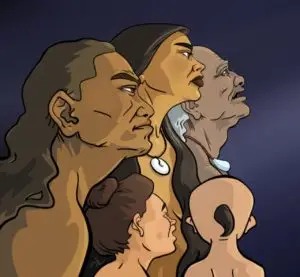
Maga’låhi: Highest Ranking Son
A maga’låhi was the first born, high ranking (matua) male head of a CHamoru clan, a role inherited through his maternal lineage. Manmaga’låhi and manmaga’håga

A maga’låhi was the first born, high ranking (matua) male head of a CHamoru clan, a role inherited through his maternal lineage. Manmaga’låhi and manmaga’håga
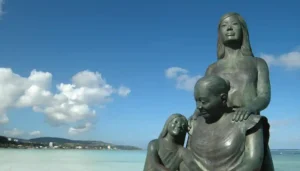
A maga’håga was the first born, high ranking (of the matua caste) female head of a CHamoru clan, a role inherited through her maternal lineage.
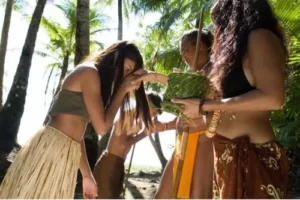
Parents and other elders are important in Chamorro/CHamoru family and culture. CHamorus gain respect and status as they age.
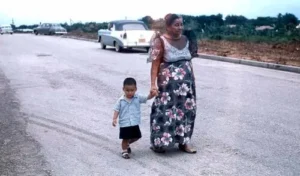
Poksai is a CHamoru verb meaning “to nurture.” It refers to the common Pacific Islander practice of informal adoption among extended family members.
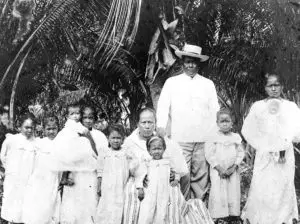
Familia, a Spanish word meaning family, has a more inclusive definition in CHamoru. The term familia includes not only one’s immediate family members, but the
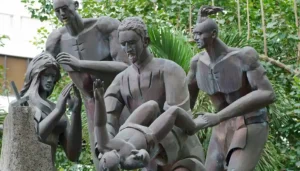
History will remember Maga’låhi Matå’pang from Tomhom (Tumon) as the man responsible for murdering Father Diego Luís de San Vitores, the Spanish Jesuit priest who
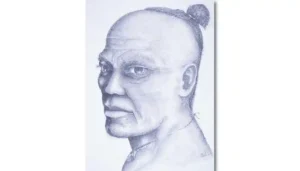
Hurao is one of the most celebrated Chamorro/CHamoru chiefs in Guam’s history. He was a Hagåtña Chamorri (high caste) in the late 1600’s, who with
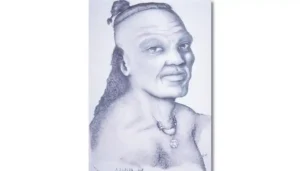
Agualin (also referred to in historic documents as “Aguarin”) was a Chamorro/CHamoru chief who led several revolts against the Spanish. He was from Hagåtña, but